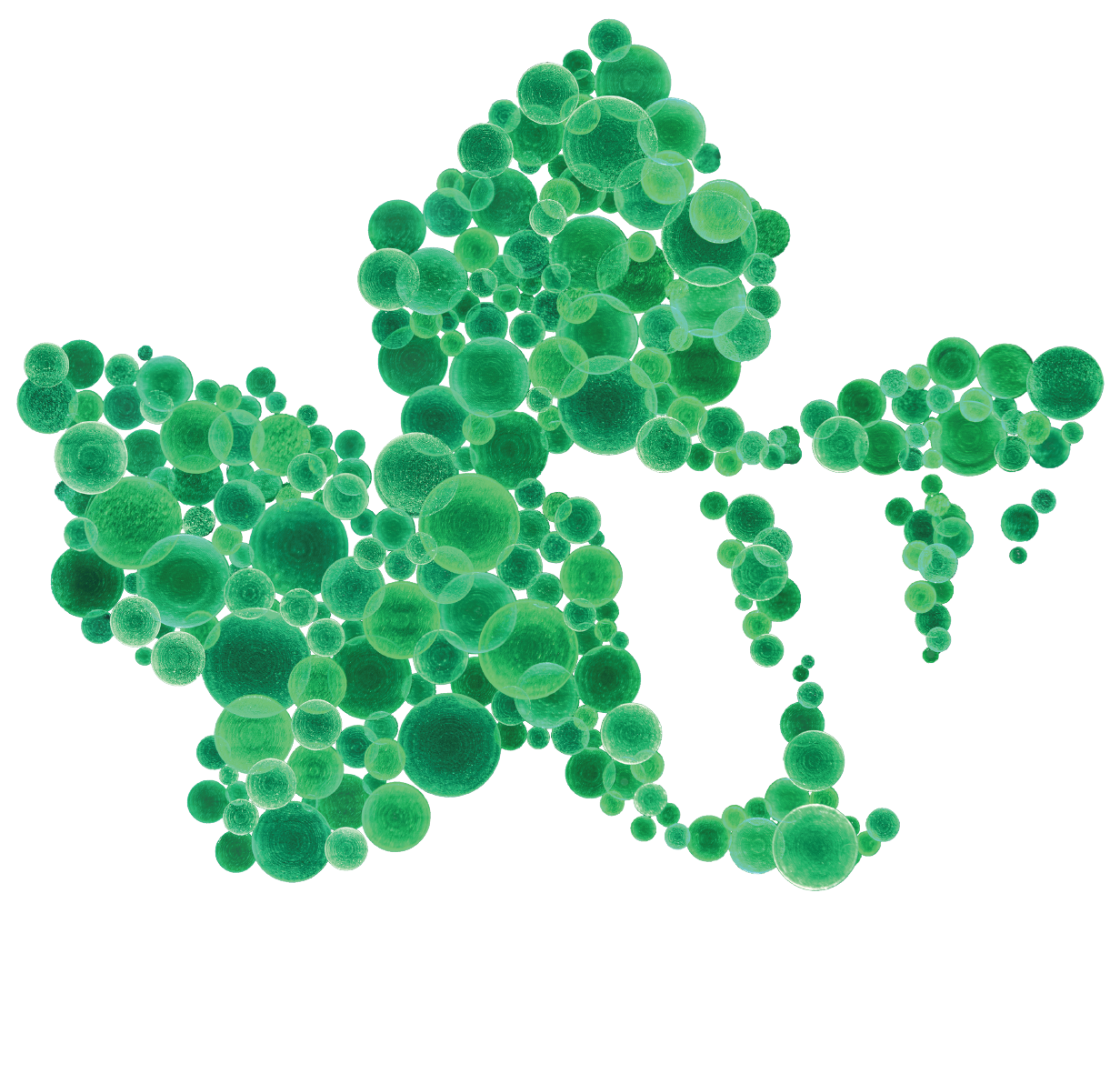Design and the circular economy: toasters that won't be binned
The Agency of Design embarked on a project a few years ago called Design out Waste. Excited by ideas of cradle-to-cradle systems and industrial ecology, we identified electrical products as our target.
Reality hit when we visited an electrical product recycling centre. Whole products were dumped by lorries, thrown on a conveyor belt and dropped through an industrial shredder, emerging as 1cm square flakes on the other side. While steel and aluminum could be separated, plastics were mixed and resulted in a low-grade output. The most valuable output is the circuit boards, which are separated and passed on to a smelter to capture a tiny fraction of precious metal, while the bulk goes to waste.
We had started the project thinking we would come up with all sorts of clever design solutions, but this visit revealed the truth: there is no point designing a product for disassembly if it will end up in a shredder. It highlighted the division between manufacturer and recycler. Even with the best design for end-of-life, there is no financial motivation for the manufacturer to change when only the recycler will profit. The manufacturer's primary motivation is to design for quick and cheap assembly.
Shortly after, we met with Orangebox, an office chair manufacturer which offers to remove old chairs from a company before delivering new sets. Primarily, this was to offer a better service to customers, but it had a big knock-on effect. Orangebox started disassembling old chairs to recover and sell materials. It was taking an employee 45 minutes to take the chair apart, however, and the labour cost was wiping out the value of recovered materials. Orangebox's design priorities changed and its next chair, The Ara, could be pulled apart by hand; materials were standardized and the next life of the product had been planned.
These were simple design changes that made material easy to recover and process and, most crucially, the manufacturer was getting its product back. These design changes would have made no difference in the collective model of waste recycling witnessed at the recycling centre, but by taking products back, Orangebox was motivated to recover material value as quickly and cleanly as possible. The solution was in concurrently designing products and systems. Designing a product without an understanding of where it will end up is useless.
We wanted to see how we could apply this thinking to electrical products. We had seen from the recycling centres that anything smaller than the diameter of a household bin is unlikely to get recycled, so we decided to design toasters, a simple everyday product. We named our toasters the Realist, the Pragmatist and the Optimist.
The Optimist
Part of the problem we were trying to solve was the obsolescence of products. The Optimist was designed to last for generations. A sturdy piece of die-cast aluminium, so simple there was nothing to break. The aluminium housing was also selected to future-proof its eventual recycling. Aluminium recycles to a high quality and the toaster itself was made of recycled aluminium, which can be infinitely recycled into other aluminium products.
Rather than a popping mechanism, the arms rotated out to the side so there were fewer moving parts, while four bolts on the base provide access to the inside where elements can simply unclip and be replaced.
As it was going to last a long time, we designed details to celebrate its age. The toast counter on its front clicks for every slice of toast, so when it's handed down through generations, your children will know you've enjoyed 45,316 rounds of toast...
The Pragmatist
The Pragmatist was a reinterpretation of the Orangebox model for toasters. We built a modular toaster, individual toasting slots clipped together to form the whole toaster. When an element eventually fails, the failed slot could be taken out of the toaster (leaving the remaining slots functioning) and returned to the manufacturer to be reprocessed and a new slot posted out. This modular approach allowed us to make the individual slots thin enough to fit through a letterbox so the product return could be as easy as possible.
The Realist
The realist looked for the closed-loop solution at the cheapest end of the market, something that would work for the £4.99 toaster available from a supermarket. We had visited dry recycling processing facilities with impressive visual identification and separation of products. In the future, this could be a route for small electrical products, but will require a method of separation that doesn't degrade and mix materials. Knowing that any labour time could eliminate the value of the materials, we developed a small pellet that sits next to a snap-fit joint, the whole product can be placed in a vacuum chamber (a cheap piece of capital equipment) and the pellets expand to undo the snap-fits, disassembling the product.
Design out Waste was an eye-opening journey into designing for a circular economy and sparked a string of further circular-economy projects, from lightbulbs to mobile phones and tool hire systems. There is a myriad of solutions out there; the key is thinking concurrently about products and systems.
Rich Gilbert, co-founder, The Agency of Design

